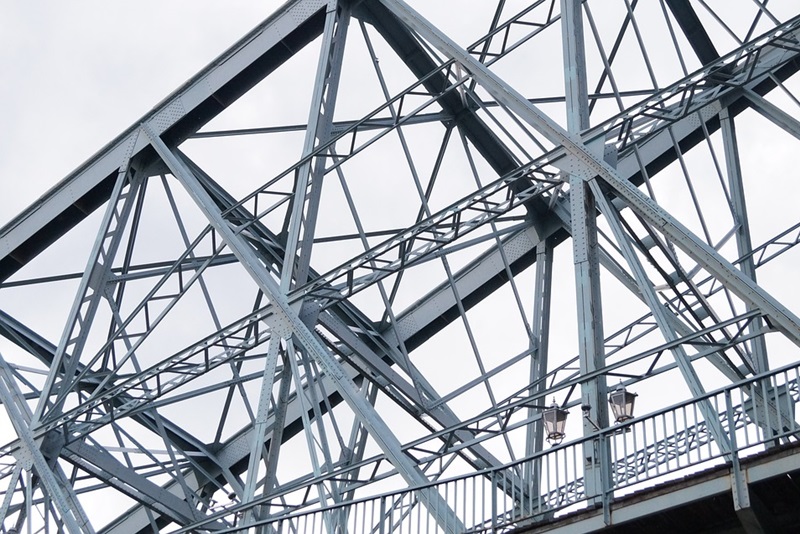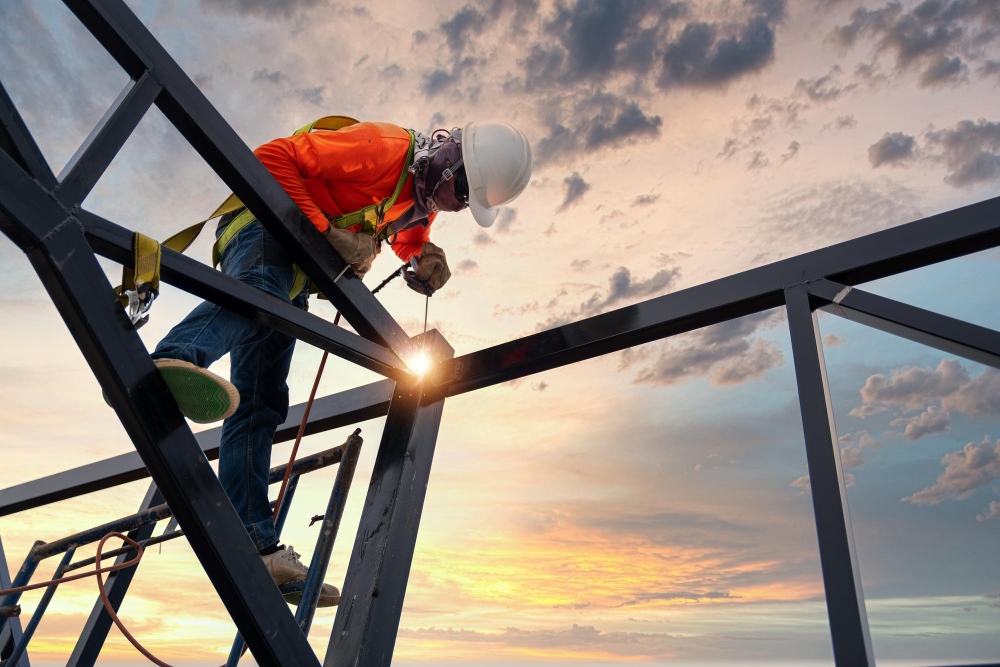Comprehensive Steel Fixing Solutions for Construction Projects
Comprehensive Steel Fixing Solutions for Construction Projects
Blog Article
Comprehensive Analysis of Cutting-Edge Techniques in Steel Manufacture Market
As the steel construction sector continues to progress, the assimilation of cutting-edge techniques has actually become essential for remaining affordable and meeting the needs of modern-day manufacturing standards. In this dynamic industry where innovation plays a crucial duty, understanding the nuances of these cutting-edge techniques is not just an option but a necessity for those looking to forge ahead in the ever-evolving world of steel fabrication.
Laser Cutting Advancements
In the world of steel manufacture, laser reducing innovations have actually changed the accuracy and effectiveness of metal shaping processes. By utilizing the power of concentrated laser beams, suppliers can currently accomplish unmatched degrees of accuracy when puncturing numerous sorts of metals. This technology enables detailed layouts to be carried out with very little material wastefulness, making it a cost-effective solution for sectors needing high precision parts.
Among the essential benefits of laser cutting is its capability to deal with a wide variety of products, including stainless-steel, light weight aluminum, and carbon steel, easily. The procedure creates clean, burr-free sides, eliminating the demand for extra finishing actions. Additionally, the non-contact nature of laser reducing minimizes the risk of product contamination, resulting in greater quality final product.
In addition, laser cutting equipments can be configured to make swift, specific cuts, considerably reducing production time contrasted to conventional reducing methods. This rate and precision make laser cutting especially ideal for automation settings where efficiency is vital. As technology remains to development, laser cutting is poised to play a progressively essential role in the steel construction sector.

CNC Machining Innovations
The development of CNC machining modern technologies has actually introduced a new era of precision and effectiveness in the steel manufacture sector. Computer System Numerical Control (CNC) machines have transformed steel fabrication by offering unequaled accuracy and repeatability in the production procedure. steel fabricators melbourne. One of the key advancements in CNC machining is the combination of advanced software systems that make it possible for real-time surveillance and changes, bring about boosted performance and quality assurance
In addition, the growth of multi-axis CNC equipments has actually permitted for the manufacture of complicated steel elements with elaborate designs that were previously testing to generate. These makers can do a wide variety of machining operations, consisting of milling, exploration, transforming, and grinding, all with high levels of precision.
In addition, the unification of automation and robotics in CNC machining has structured production procedures, lowered preparations, and reduced the margin of mistake. This assimilation of innovative technologies not just improves effectiveness but additionally makes sure consistent top quality throughout all fabricated steel components. To conclude, CNC machining developments proceed to drive improvements in the steel construction industry, establishing new criteria for precision and performance.
Automated Welding Technologies
Automated welding innovations have actually reinvented the steel fabrication sector, enhancing performance and precision in the welding procedure. These advanced modern technologies utilize computer-controlled systems to automate the welding procedure, resulting in greater productivity levels and boosted weld high quality. Among the key advantages of automated welding is the ability to do intricate welds with constant precision, reducing the probability of mistakes and rework.
Robot welding systems go to the forefront of automated welding innovations, supplying exceptional rate and precision. These systems can deal with a vast array of welding tasks, from straightforward to intricate, effortlessly (steel fabricators melbourne). By using innovative sensors and software, robotic welders can adjust to variants in product and joint geometry, ensuring an uniform and reputable weld
In addition, Click This Link automated welding technologies improve work environment security by lessening the direct exposure of human welders to unsafe fumes and intense heat. As the steel fabrication industry remains to develop, integrating automated welding innovations will certainly be necessary for firms aiming to remain affordable and fulfill the expanding needs for high-grade bonded items.
Robotics Assimilation in Manufacture
Making use of robot systems in manufacture procedures has ended up being a critical technique for improving efficiency and precision in modern manufacturing settings. Robotics assimilation in steel fabrication uses a myriad of advantages, consisting of boosted productivity, boosted quality assurance, and boosted safety and security actions. These innovative robotic systems are geared up with sophisticated sensing units and programs abilities, allowing them to execute detailed tasks with a high degree of precision and repeatability.
One of the key benefits of robotics combination in steel construction is the ability to automate recurring tasks, such as product handling, reducing, welding, and assembly procedures. This not only speeds up manufacturing cycles but additionally minimizes the risk of human mistake, causing higher total product top quality. Furthermore, robotics can operate 24/7, significantly enhancing production result and meeting limited job target dates.

3D Printing in Steel Production
Having actually transformed the steel construction sector through robotics integration, the blossoming expedition of 3D printing in steel production is poised to further advancement the world of modern-day production techniques. 3D printing, also referred to as additive production, uses extraordinary layout freedom and complexity, allowing the development of detailed steel frameworks that were formerly unattainable via traditional manufacturing methods. By using computer-aided design (CAD) software application, makers can exactly manage the layer-by-layer deposition of steel material, leading to get rid of improved performances and geometries.
One of the essential advantages of 3D printing in steel manufacturing is its ability to reduce material waste significantly. Unlike subtractive production procedures where excess product is trimmed away, 3D printing only uses the necessary quantity of steel needed for the final part. This efficiency not just brings about set you back savings but also straightens with lasting manufacturing practices by minimizing ecological effect.
Furthermore, 3D printing enables rapid prototyping and modification, allowing for the production of little sets of complicated steel parts with brief lead times. As the modern technology remains to mature and become more accessible, its assimilation into mainstream steel fabrication procedures is expected to drive innovation and performance across the sector.
Verdict
To conclude, the steel fabrication industry has seen considerable improvements in strategies such as laser cutting, CNC machining, automated welding, robotics assimilation, and 3D printing. These sophisticated technologies have revolutionized the way steel products are manufactured, resulting in enhanced effectiveness, precision, and cost-effectiveness. Continued investment in these innovative techniques is crucial for the industry to remain affordable and fulfill the needs of modern-day production processes.
As the steel fabrication sector proceeds to progress, the combination of advanced techniques has actually ended up being necessary for staying competitive and fulfilling the needs of modern production criteria.One of the essential advantages of laser cutting is its capacity to manage a broad range of products, including stainless steel, aluminum, and carbon steel, with convenience.Automated welding innovations have changed the steel construction industry, boosting effectiveness and accuracy in the welding process.Having reinvented the steel fabrication sector with robotics More Bonuses integration, the blossoming exploration of 3D printing in steel production is poised to more advancement the world of modern production techniques.In verdict, the steel fabrication sector has seen considerable advancements in methods such as laser cutting, CNC machining, automated welding, robotics integration, and 3D printing.
Report this page